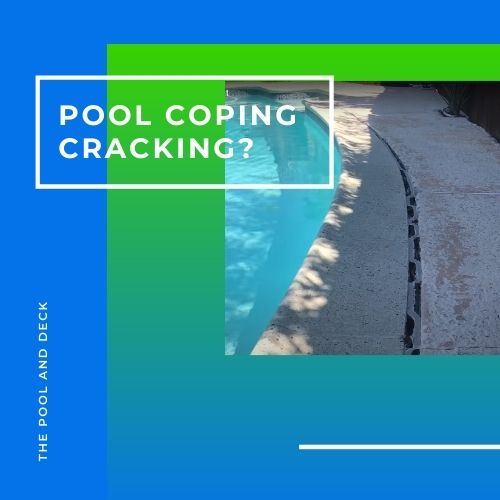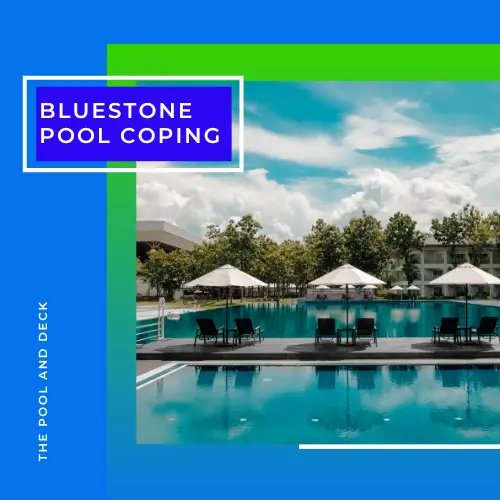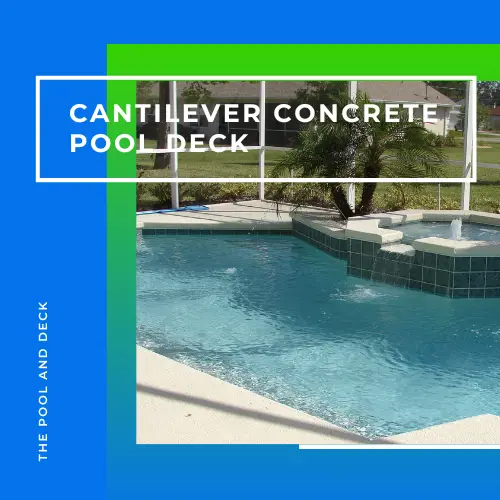Do Marble Pavers Get Hot? (How to Make Them Cooler!)
As an Amazon Associate, I earn from qualifying purchases.
Table of Contents
Do Marble Pavers Get Hot?
Do you have elegant marble floors in your house? Then it is natural to consider using marble on your new pool deck. It would be great to have one seamless style, both indoors and outdoors. But do marble pavers get hot in the sun?
Polished marble tiles are cool to the feet indoors but can get unbearably hot when exposed to the midday summer sun. However, textured, light colored marble pavers will not get as hot.
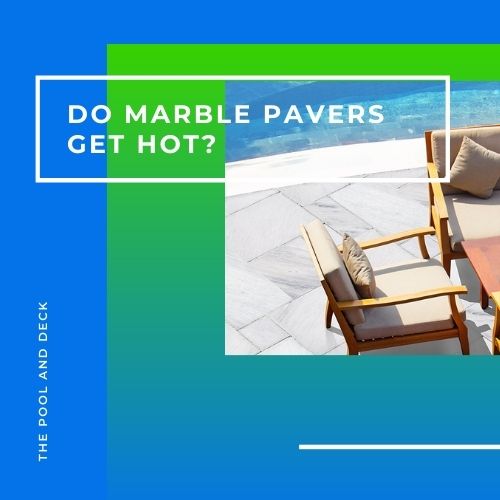
How hot a pool deck gets depends on the
- Amount of sunlight absorbed
- Specific Heat Capacity
- Mass of the decking material
Amount of sunlight absorbed can be lowered by using a textured, rather than a polished surface. The texture diffuses the light. It also helps make marble decks less slippery. The absorption of light can also be reduced by using light, rather than dark colors.
Specific Heat Capacity is an intrinsic property of a decking material. It depends on the chemical composition and physical structure of the material.
Specific Heat Capacity of marble is higher than concrete & granite but lower than limestone & travertine.
The heat capacity of a deck is the product of the mass and specific heat capacity. It takes more energy to heat a thick marble paver as compared to a thinner marble tile. In other words, 2” thick marble pavers will not get as hot as ½” thick marble tiles.
You could use marble pavers on your pool deck without it getting uncomfortably hot in summer. But you need to understand about marble, specific heat capacity and some of the ways of keeping your marble deck cooler.
So let me start with the basics.
What Is Marble Made Up Of?
Natural stones from the earth that are used in the building industry come mostly from one of the following three groups.
- Sedimentary Rocks: such as Limestone & Travertine
- Metamorphic Rocks: such as Marble
- Igneous Rocks: such as Granite
Marble actually started off as limestone. Limestone buried deep into the earth, under severe heat & pressure, changed from a sedimentary rock to a metamorphic rock to become marble.
The sedimentary layers of calcite in limestone are metamorphosed as crystalline calcite in marble. The crystals give marble a unique translucence. Marble can be carved and polished quite easily.
Many ancient monuments and statues used marble. Sculptors from Italy & Greece created their masterpieces from marble.
Michelangelo could work his magic on Pieta and David, thanks to marble. Parthenon in Greece and Taj Mahal in India are examples of the beauty and timelessness of marble.
Italy is considered as the home to the finest marble quality in the world. Marble quarries are found in many countries including the US. The demand for dimensional marble, such as pavers, tiles, counter tops, etc. is so high in the US that it needs to import most of it.
What Is Meant by Specific Heat Capacity?
The specific heat capacity is defined as the quantity of heat (J) absorbed per unit mass (kg) of the material when its temperature increases 1 K (or 1 °C), and its units are J/(kg K) or J/(kg °C).
ScienceDirect
The specific heat capacity is intrinsic to the material. It depends on both the chemical composition and physical structure of the material. Water has a very high specific heat capacity, while metals such as iron tend to have very low specific heat capacity.
Generally speaking, lower the Specific Heat Capacity, higher will be the rise in temperature, under the same sunlight conditions.
A pool decking material with higher specific heat capacity will not get as hot as the one that has a lower specific heat capacity.
The specific heat capacity of some common paving materials is given in the table below:
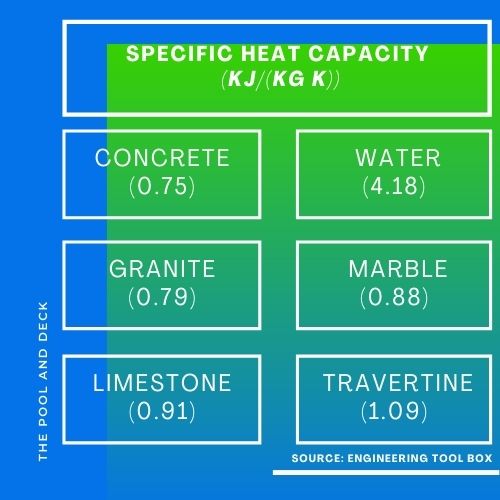
Data Source: Engineering Tool Box
Concrete & Water Specific Heat Capacity is mentioned so that you can put the paving materials in perspective.
Based on specific heat capacity alone, a marble deck would get hotter than a travertine or limestone deck but not as hot as a granite or concrete deck, if all were exposed to the same sunlight conditions.
How To Make Marble Decks Cooler?
A marble deck will not be as cool as a travertine deck in summer. But then travertine can not match the beauty of marble. So if you want to use marble pavers on your pool deck, go ahead!
Here are a few tips so that you can make your marble pool deck not too hot.
The Paver Texture
Polished marble looks great but it will get hotter than textured marble. Use polished marble tiles on floors indoors or in covered patios. On exposed areas of your pool deck, marble pavers with a rough or textured finish will get less hot.
The sun is the hottest during the afternoon. Sun’s rays hit the deck vertically. Smooth surfaces absorb a lot more of the light which gets converted to heat energy.
Textured marble pavers & tiles absorb less of the light and get less hot. The texture diffuses and reflects part of the rays as they fall at an angle.
Sandblasted, tumbled or brushed marble pavers will look beautiful and remain cool on your pool deck!
The Paver Color
Marble pavers are available in a range of earth colors, but white is the most pristine of them all.
Choosing a white sandblasted or tumbled marble paver will make your pool deck glow under a full moon and yet keep its cool under the blazing sun.
Why? Because light colors reflect most of the sunlight while dark colors absorb most of the sunlight.
Use Shade Judiciously
In many pool deck designs, part of the deck is under shade. The shade could be natural, such as from trees or the shadow of the main house. Or you could add shade to a part of the deck by
- Patio Umbrella
- Cantilever Umbrella
- Retractable Awning
- Pergola
- Gazebo
Check out Grand Patio Deluxe NAPOLI 11 FT Curvy Aluminum Offset Umbrella, Patio Cantilever Umbrella with Base from Amazon
A judicious use of shade on a pool deck will add a touch of luxury to your entertainment or chill-out zone. You can stay cool even with marble pavers! They will be so much easier to clean up after the party too!
Wear Footwear On Deck
You do not have to be barefoot on the pool deck. Actually wearing appropriate footwear adds to both safety and comfort. Wear water shoes, aqua socks or just water resistant non-slip sandals.
Speedo, the trusted name in performance swimwear, has an excellent and stylish range of water shoes. Check them out:
For the Ladies: Speedo Women’s Water Shoe Surfwalker Pro 3.0
For the Gents: Speedo Men’s Water Shoe Surfwalker Pro 3.0
Thank you very much for reading the post. I do hope you found it informative and helpful.


